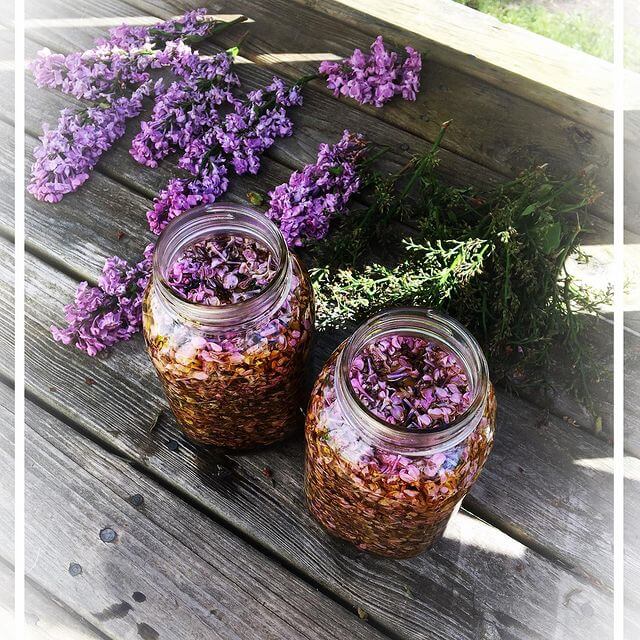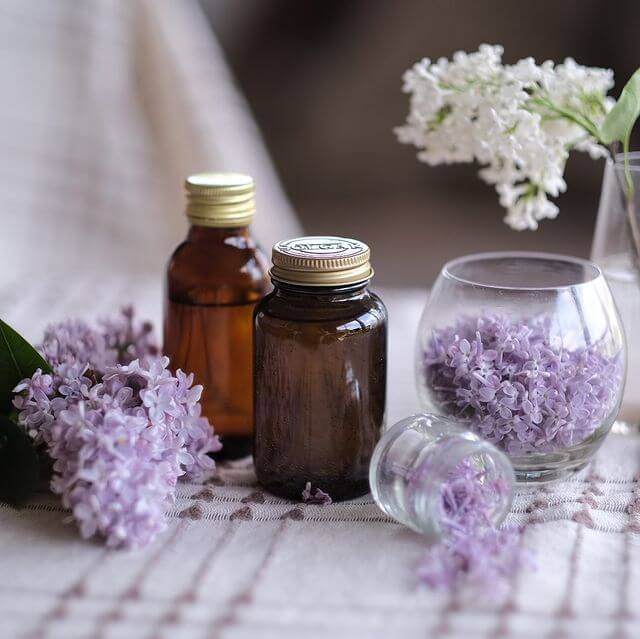This mildly fragrant flower “Lilacs” comes in various shades of pinks and purples and most famous color of Lilac- violet! Some of Lilac’s variety only blossoms in 3 weeks while other blossoms throughout the year. These specific plants are originally from Southeastern Europe and Eastern Asia while they are also inherent to copping and brush.
Yes of course; Lilacs are definitely edible unless you are using a pesticide free plant. Lilacs aren’t just for lotions and soaps but they have been used in simple cooking ways like simple syrups, in pervading sugars and alcohols’.
Lilacs can also be baked or you can mix them in cocktails or make some Lilac lemonade. Lilacs can be used in whipped cream or to relish a cake. You can even bake it into scones. The cooking ways of Lilacs are unlimited.
Making of simple Lilac Syrup
1st Step- The most amazing way to use Lilacs in cooking is to make simple syrups. Simple syrups can have many usages as to mix it with cocktail. The basics to make it to equal parts of water and sugar. Add equal Lilac blossoms to make Lilac syrup.
2nd Step
Before infusing don’t forget to remove left over leaves and stems while making this syrup. By help of any fine net sieve, gently rinse out the Lilacs to avoid any mud or insects entering the syrup.
3rd Step
The water and sugar should be whisked together and bring the mixture to boil. Blend it in the Lilac blossom by dropping it to boil. A little on brown side is meant to be complete preparation of Lilac syrup to give it a complete Lavender hue; you can even use food pallor- boo or drop in 3-5 blueberries.
Lilac syrup- Recipe in elements!
Your syrup will become bitter if you will forget to remove stems and leaves from Lilac blossoms. After making it quickly strain it in a net sieve and preserve it.
Add water and sugar in the pot and whisk it that much as the sugar is liquefied.
Bring the combination to boil and give the final touch by adding Lilac blossoms and blueberries.
Benefits of Lilac syrup
It increases digestion
It promotes relaxation
It releases paroxysms and tremors.


















